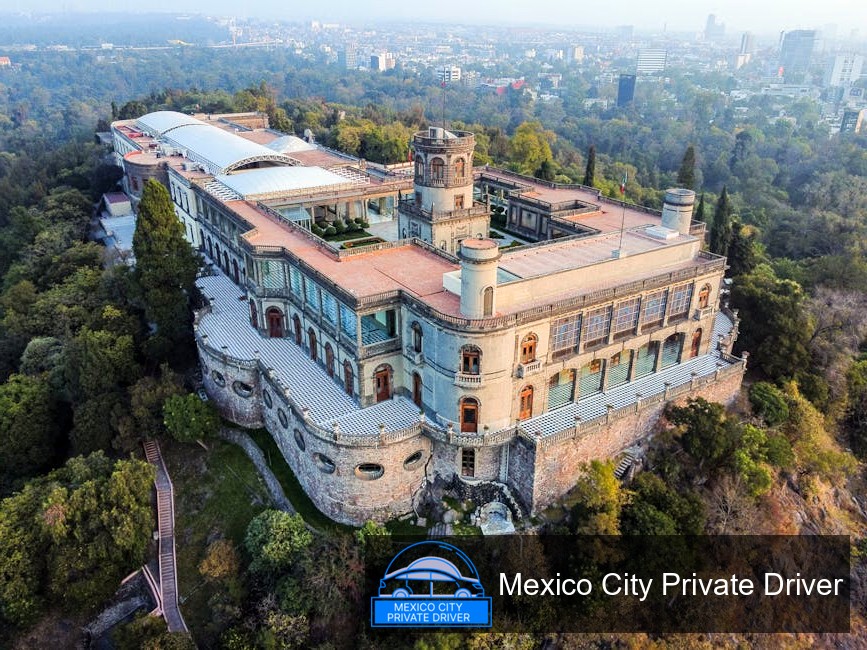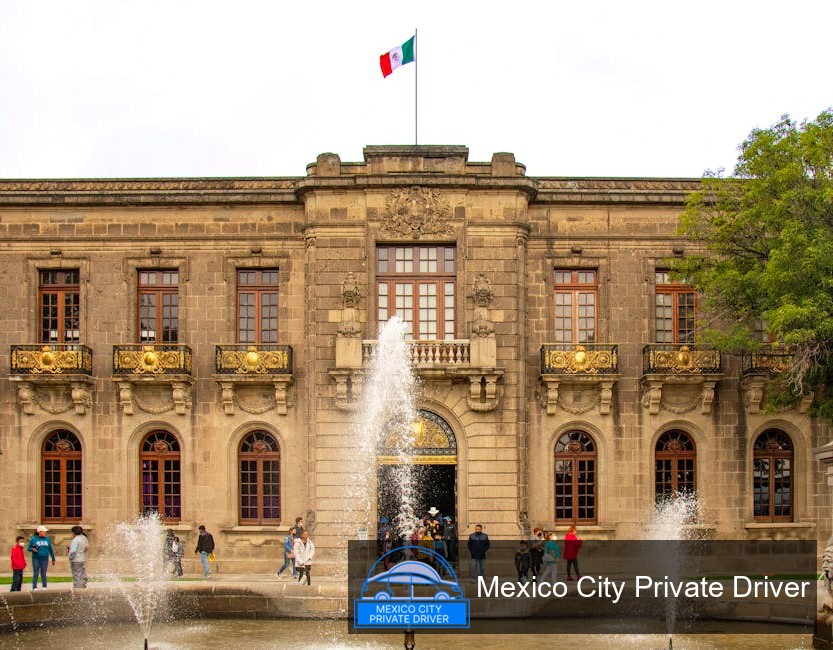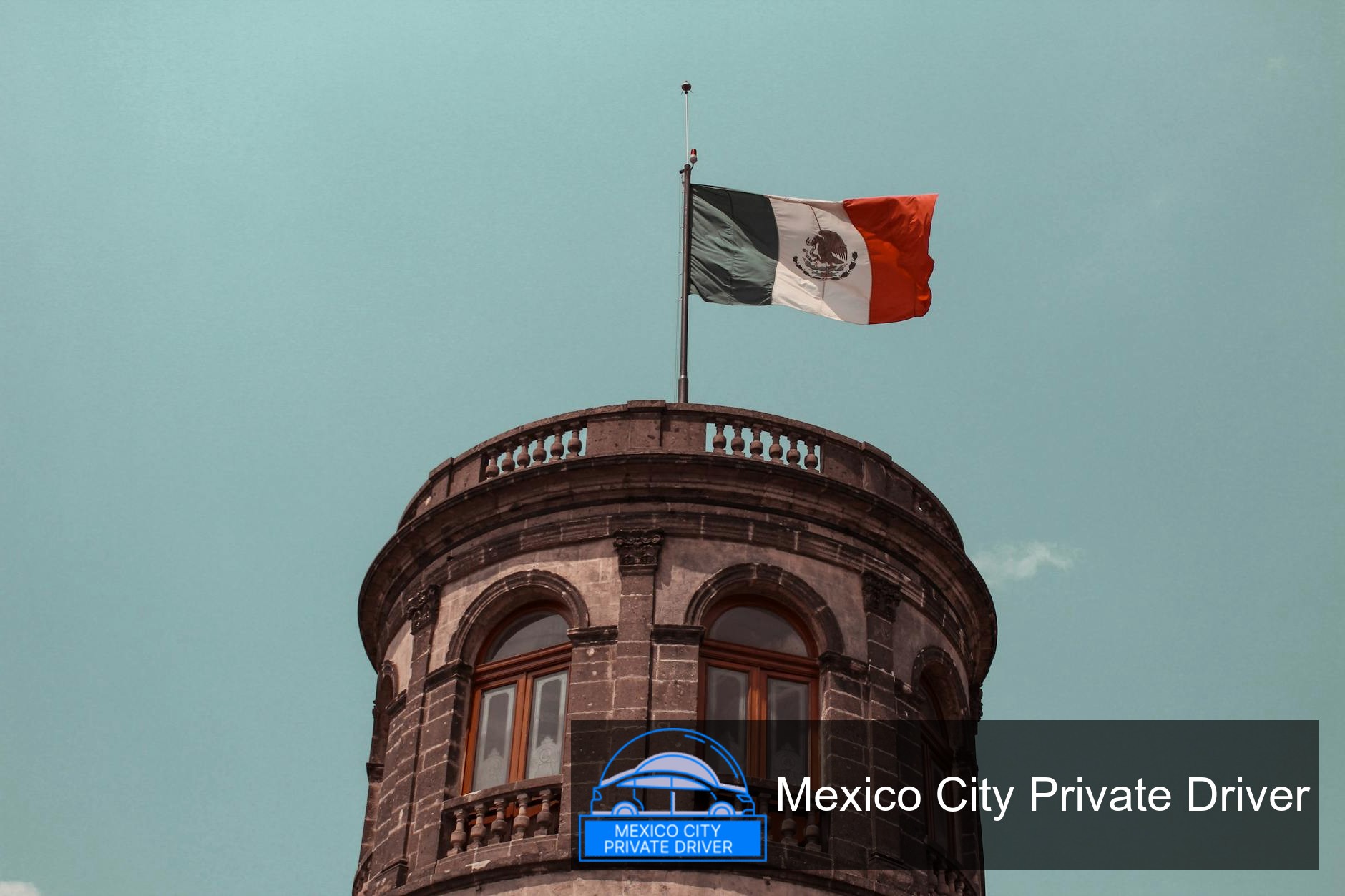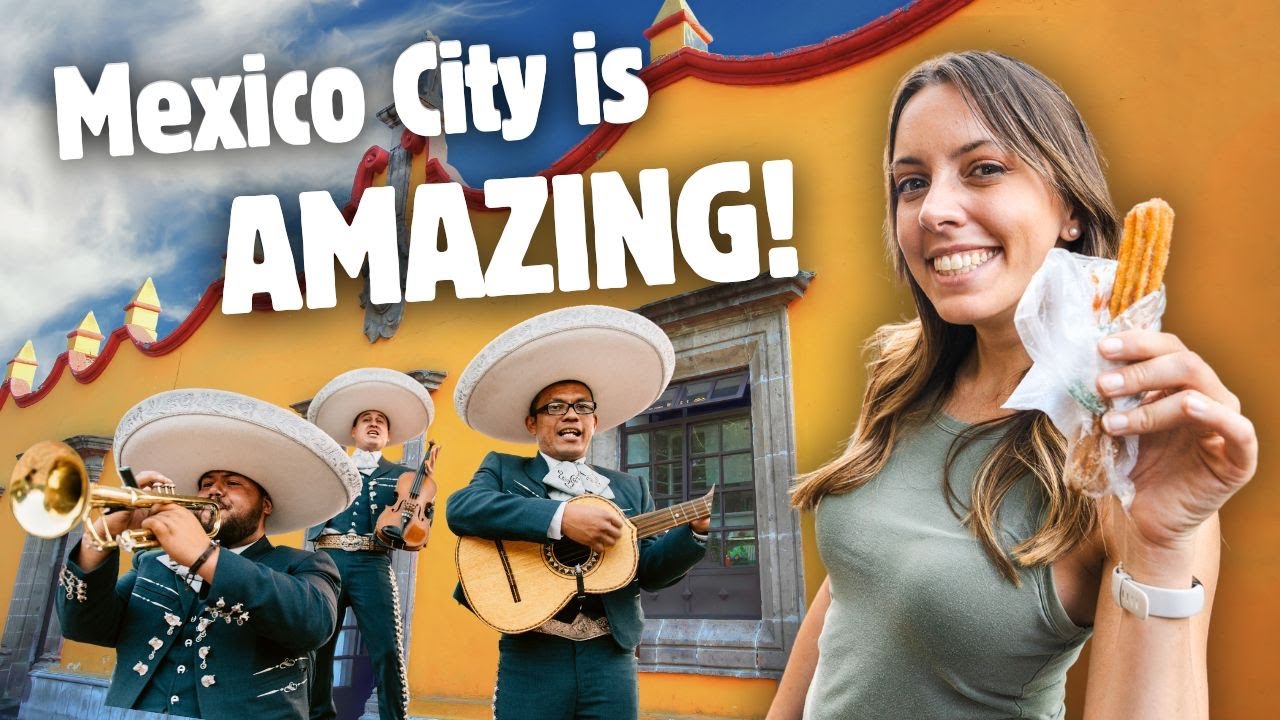TL;DR I’ve climbed to the Castillo de Chapultepec more times than I can count. Built beginning in 1785 and reshaped over centuries, the castle today houses Mexico’s Museo Nacional de Historia and offers panoramic views, rich period rooms, and military and imperial stories spanning from pre-Hispanic Chapultepec to the Revolution. Visit Tuesday–Sunday 9:00–17:00, allow at least 1.5–2 hours, buy tickets (≈MXN 100) online or on-site, and plan for stairs and altitude. For background I relied on the museum’s own curatorial material (INAH), UNESCO documentation, and historical summaries available in public reference sources.
Castillo de Chapultepec Mexico City: A Complete Guide to History and Insights for 2025 Travelers
I first visited Castillo de Chapultepec as a curious traveler and later returned as someone who wanted to understand how Mexico’s complex past is curated inside one building. That experience — visiting the rooms, walking the terraces, talking with guides, and checking primary information from the National Museum of History (INAH) — shaped this practical, historically grounded guide for 2025 travelers.
Why the castle matters

The Castillo sits on Chapultepec Hill, a place occupied and revered for millennia: archaeological finds show activity there since the Preclassic period, and the Nahuatl name Chapultepec itself means “hill of the grasshopper” (chapol/chapul + tepec) — a reminder of the site’s indigenous origins (INAH history pages).
Over time the site changed function repeatedly: a viceregal pleasure palace, a military academy, an imperial residence under Maximilian and Carlota (1864–1867), a presidential residence, and since 1939 the Museo Nacional de Historia. Those layered uses mean the building is both architectural palimpsest and museum of Mexico’s national narrative (INAH “About Us” / architecture pages).
A brief historical timeline (what I found most compelling)

- Pre-Hispanic era: Chapultepec’s springs and forest area were important to local peoples long before the Spanish arrived (INAH history).
- Late 18th century: Construction of the new palace began in 1785 under Viceroy Bernardo de Gálvez; architects rebuilt and moved the palace to the hilltop for strategic and symbolic reasons (INAH architecture).
- 19th century: The site housed the Military Academy and was damaged and transformed during the Mexican–American War (notably the 1847 Battle of Chapultepec).
- 1864–1867: Emperor Maximilian and Empress Carlota adapted the castle as an imperial residence; later 19th–early 20th century presidents also used the space (INAH; historical sources).
- 1939 onward: The Castillo became the National Museum of History (Museo Nacional de Historia), with curated rooms covering Mexico from the Conquest to the Mexican Revolution (INAH “About Us”).
Architecture and the visitor experience
The castle’s architecture is eclectic: its forms show neoclassical, neo-Gothic and romantic influences added across different renovations and architects. From the terraces you get some of the best panoramic views of Mexico City and of the surrounding Chapultepec forest (Wikipedia / INAH architecture).
Inside, the museum organizes displays across 12 permanent exhibition halls that take visitors from the Conquest through to the Revolution, plus 22 Alcázar rooms that highlight period furnishings, murals and personal artifacts (INAH museum pages). The object variety and room-by-room narrative make the castle both a history lesson and a journey through changing tastes and power structures.
What to prioritize on your visit (my recommended route)
- Start on the terraces: get your bearings and photograph the skyline. Early morning light is best.
- Go to the Alcázar rooms next to see imperial and presidential apartments; the decorative details tell political stories.
- Walk the history halls to follow Mexico’s national narrative — Conquest, Independence, 19th-century conflicts, Porfiriato, Revolution.
- Don’t miss the small site museum displays about Chapultepec and the forest’s archaeological past.
- Finish with the gardens and viewpoints to relax and reflect; combine with a visit to nearby attractions in Chapultepec Park.
One quick comparative snapshot
| Era | Primary use | Notable changes or highlights | Visitor tip |
|---|---|---|---|
| Viceroyalty (late 18th c.) | Viceregal palace/pleasure mansion | Major reconstruction begun 1785; hilltop relocation | Look for neoclassical foundations in the layout |
| Military Academy (early 19th c.) | Military school & training site | Site of 1847 Battle of Chapultepec; military relics appear | See memorials and military displays in the museum |
| Empire (1864–1867) | Imperial residence (Maximilian & Carlota) | Interior redecorations and European stylistic additions | Focus on Alcázar rooms for imperial furnishings |
| Porfiriato / Presidential (late 19th–early 20th c.) | Presidential palace and state functions | Further modifications and state ceremonies held here | Look for modern-period decorative interventions |
| Museum (1939–present) | Museo Nacional de Historia | 12 permanent halls; curated national narrative; public access | Allocate at least 1.5–2 hours; check INAH for exhibitions |
Practical Guide
Below I give you concrete steps — from planning to being inside the castle — to make the most of your 2025 visit.
Before you go
- Check days and hours: the museum is open Tuesday–Sunday, 9:00–17:00; it is closed Mondays year-round (INAH general information).
- Buy or prepare payment: general admission is MXN 100; on Sundays admission is free for the national public and for foreigners residing in Mexico. Payments are accepted in Mexican pesos; you can buy tickets online through INAH’s official ticketing portal (INAH general information).
- Plan your time: allow at least 1.5–2 hours inside. If you love history or photography, budget 3+ hours and combine the visit with other Chapultepec museums.
- Altitude and walking: the castle sits at roughly 2,325 meters above sea level — bring water, go slowly if you’re not acclimated, and wear comfortable shoes for stairs and uneven paths (Wikipedia / visitor experience).
Getting there (concrete steps)
- Take Metro: Chapultepec (Line 1) or Auditorio / Constituyentes depending on your starting point; from the park entrances you’ll walk up to the hill or take the park’s internal paths.
- Taxi / rideshare: request drop-off at Bosque de Chapultepec, Primera Sección; then follow signs to the castle.
- Walking from Reforma/Polanco: if you’re already in Reforma or Polanco, a short taxi or a brisk walk through the park gets you to the castle.
At the entrance
- Security checks and bag inspection are common; avoid large luggage.
- Ticket counters accept pesos; present any free-admission credentials (students, seniors, etc.).
- Pick up a map at the information desk or download the INAH Museo Nacional de Historia materials ahead of time.
While inside
- Start with the terraces and viewpoints, then descend into the exhibition halls for a chronological experience.
- Guided tours: INAH organizes guided visits; they can add context and anecdotes I wouldn’t have discovered on my own — ask at the information desk for schedules (INAH services/guided visits pages).
- Photography: rules change by exhibit; when in doubt ask staff. Some rooms with fragile objects may restrict flash or photography.
- Accessibility: the castle was not originally designed for modern accessibility and includes stairs and slopes; check with INAH ahead of time if you need accommodations.
After your visit
- Walk through Bosque de Chapultepec: the park offers museums, sculpture walks, and picnic spots.
- Nearby museums: the Museo Nacional de Antropología and Modern Art museums are short taxi or park-walk distance — perfect for a full cultural day.
What I learned from the curators (and why it matters)
INAH’s museum pages emphasize that the Museo Nacional de Historia preserves Mexico’s memory from the Conquest to the Revolution across diverse objects and rooms. That curatorial scope means the Castillo is not just a pretty palace but a deliberate narrative device: rooms, murals, and objects were selected to shape visitors’ understanding of national history (INAH “About Us”).
In practice that means: pay attention to object labels, room sequences, and the way intimate objects (letters, uniforms, furnishings) are placed next to large political narratives. That combination is where the castle’s interpretive power really lies.
Practical costs & logistics recap
- Hours: Tue–Sun 9:00–17:00 (doors begin to vacate at 16:45); closed Mondays (INAH general info).
- Admission: approx. MXN 100 general; free Sundays for national public and resident foreigners; free for some categories (children under 13, over 60, teachers, students with credentials, people with disabilities, pensioners, retirees) — bring ID (INAH).
- Time needed: minimum 1.5 hours; 2–3 hours recommended for history buffs.
- Tickets: buy online or at the box office; payments in Mexican pesos (INAH).
Safety, etiquette and preservation
Respect the rooms: many objects are historic, fragile, and part of national patrimony. Don’t touch displays; follow signage about photography or flash. Museums in Mexico City enforce security; keep your belongings close and be aware of pickpockets in crowded areas of the park.
FAQs
Do I need to book tickets in advance?
Not strictly, but booking online through INAH’s ticket portal can save time during peak seasons and ensures entry for busy days. Box office sales are available in pesos (INAH general information).
How long should I plan for the visit?
Plan at least 1.5–2 hours. If you want to read labels carefully, visit temporary exhibitions, or combine the visit with nearby museums, allow 3–4 hours.
Is the castle suitable for people with limited mobility?
The Castillo is historic and includes many stairs and slopes; some areas may be difficult for visitors with limited mobility. INAH provides information about services and accessibility — contact the museum in advance to arrange accommodations or guided assistance.
Are there guided tours in English?
INAH organizes guided visits and sometimes offers multilingual tours, but schedules vary. At the information desk ask about English-language options or audio guides; if you need English guidance, confirm ahead of your visit.
What is the best time of day to visit?
Early morning (right at 9:00) or late morning on weekdays is best for fewer crowds and softer light on the terraces. Weekends and midday are busiest, especially free-Sunday crowds.
Can I take photos inside?
Photography policies vary by room and temporary exhibition. Non-flash photography is often permitted in many rooms, but some displays may prohibit photos. Always check signage or ask staff.
Is Castillo de Chapultepec part of a UNESCO listing?
The cultural importance of Chapultepec and the castle has been recognized in heritage discussions; UNESCO documentation has treated Chapultepec’s woods, hill and castle in formal heritage submissions, and Mexico City’s historic core has broader World Heritage recognition. If UNESCO status or protected-area rules matter to you, check the latest listings and INAH updates — heritage designations can be complex and evolve over time (UNESCO / public records).
What should I not miss inside the museum?
Prioritize the Alcázar rooms (imperial/presidential apartments), the permanent history halls that narrate key national moments, and the viewpoints outside. The small archaeological and Chapultepec-history displays add important local context to the castle’s broader story (INAH museum pages).
Final tips from my trips
- Bring layered clothing: terraces can be windy and cooler than the city below.
- Hydrate before you climb: the altitude can make walking more strenuous than you expect.
- Combine your castle visit with other Chapultepec attractions to turn a single outing into a full cultural day.
- Ask curators or guides a question — they often share stories not on labels, and those anecdotes stick with you long after the tour.
Castillo de Chapultepec is a rare site where architecture, political history, and public memory meet in a single, walkable museum. Whether you’re a history buff or simply a traveler looking for great views and meaningful context for Mexico City, the castle rewards curiosity — prepare practically, and you’ll leave with a richer sense of the nation’s layered past.
Key sources I consulted while preparing this guide include the Museo Nacional de Historia (INAH) official pages on the castle’s history, architecture and visitor information, UNESCO materials related to Chapultepec’s heritage, and consolidated historical summaries available in public reference sources.
Martin Weidemann is a digital transformation expert and entrepreneur with over 20 years of experience leading fintech and innovation projects. As a LinkedIn Top Voice in Digital Transformation and contributor to outlets like Forbes, he now brings that same expertise to travel and mobility in Mexico City through Mexico-City-Private-Driver.com. His focus: trustworthy service, local insights, and peace of mind for travelers.



